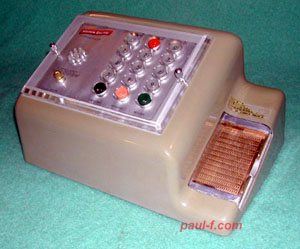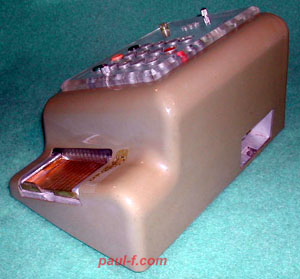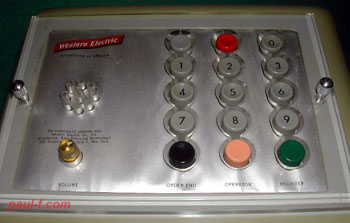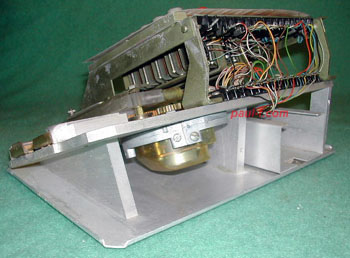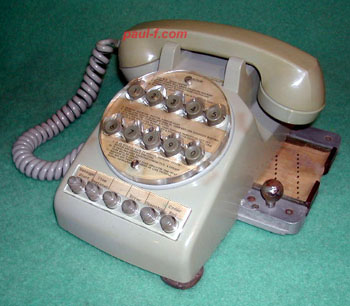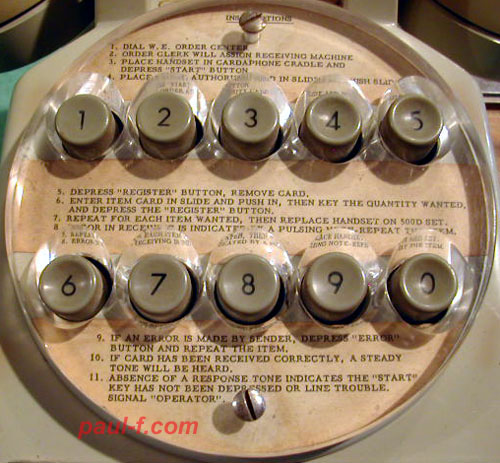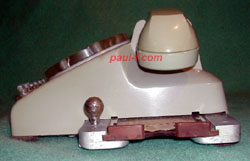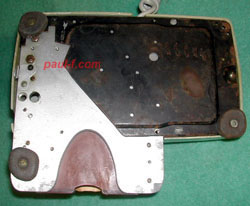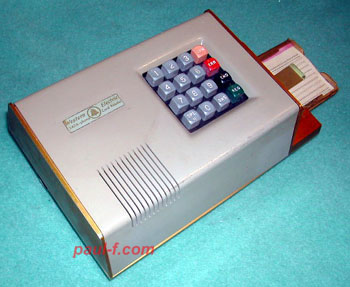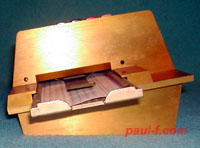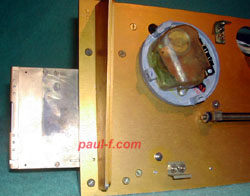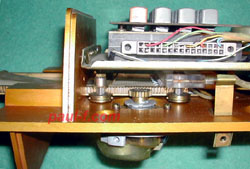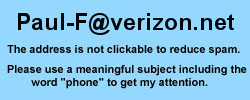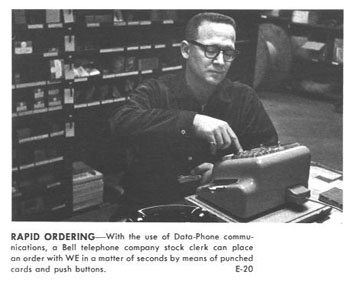
|
Uses
By January, 1964, the system
was rolled out to several other distribution centers,
including
Arlington, VA.
This photo is from the Illinois Distribution Center
installation.
The Dataphone subset can be seen plugged into the back of
the card
reader.
(Western
Electric News Features, January 1964. Scan
courtesy of Wayne
Merit.)
|
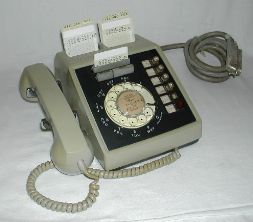
|
Starting around 1961, the
system also used Card Dialers for data input.
Ordering info and item part numbers were stored on plastic
cards.
Quantities were entered using the phone's dial.
For Card Dialers, go here.
|
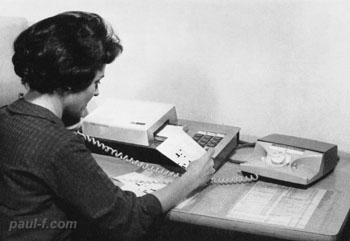
|
Data Phone Card Reader
ca. 1966
This later model was used in Tempe, AZ in an integrated data
processing
system that linked all schools in the Elementary School
District.
The card reader was packaged as a separate unit. A
general
purpose, production Data Phone was used.
(Bell
Telephone Magazine, spring 1966, Scan courtesy of Jeremy
Walters.)
|
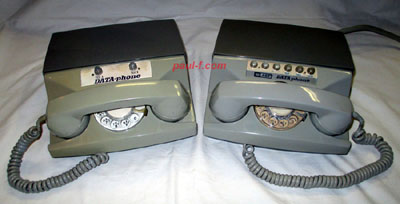
|
Data phones
Examples of production sets (without card readers)
401E (1963) - transmitter (one way), 20 characters
per second
804A (1969) - "up to" 1200 bits per second
|
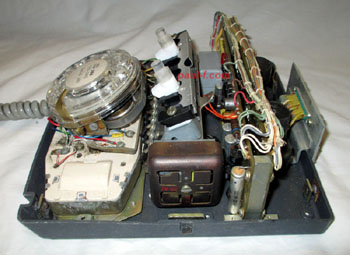
|
Data Phone 401E internals
Uses Princess components -- dial, network and hookswitch.
Note: There is a marketing brochure for the 401E in
the TCI
Library.
|

|
Data Phone 804A internals
Higher speed. Tight fit!
|
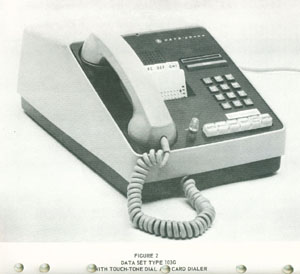
|
Data Set 103G
Western Electric eventually made a Data Set with integrated
Card Dialer.
I'd like to find one, or at least a good photo.
For Card Dialers, go here.
|

